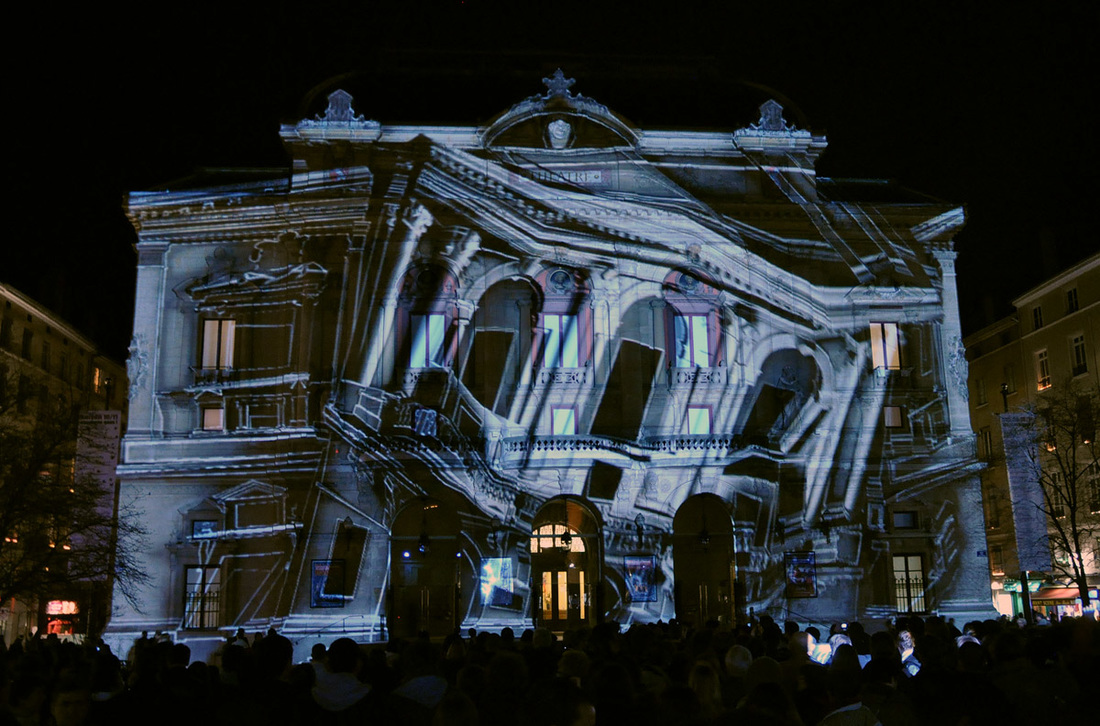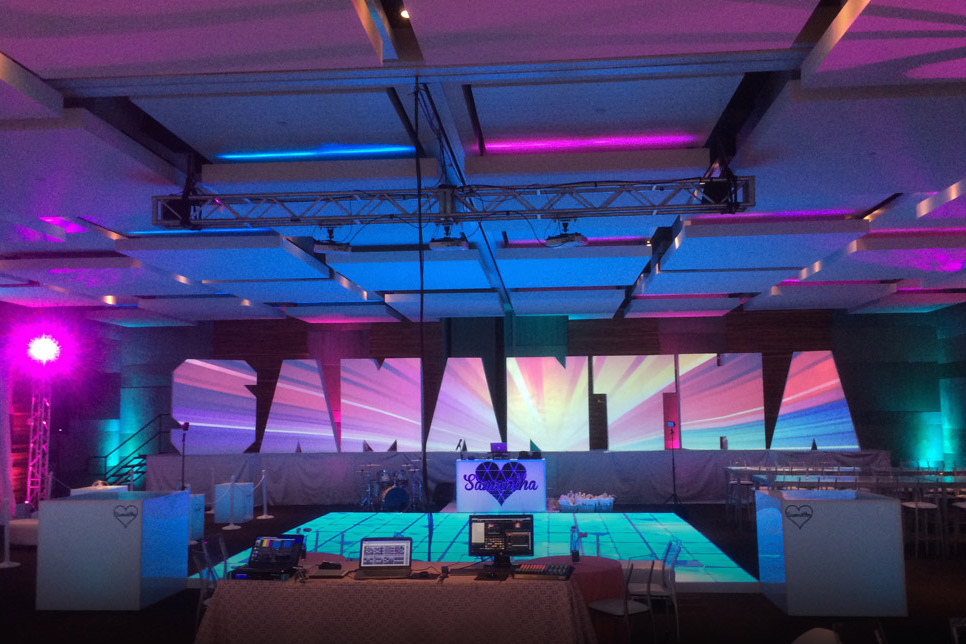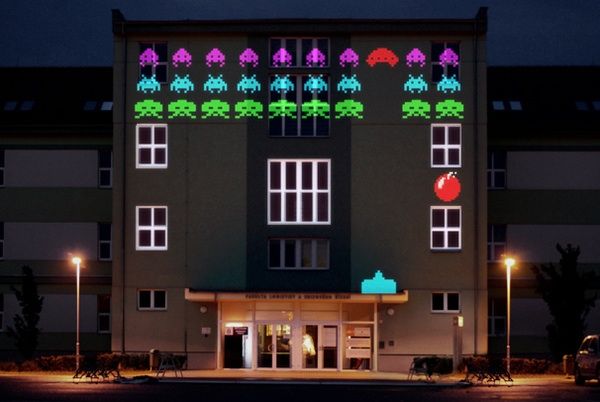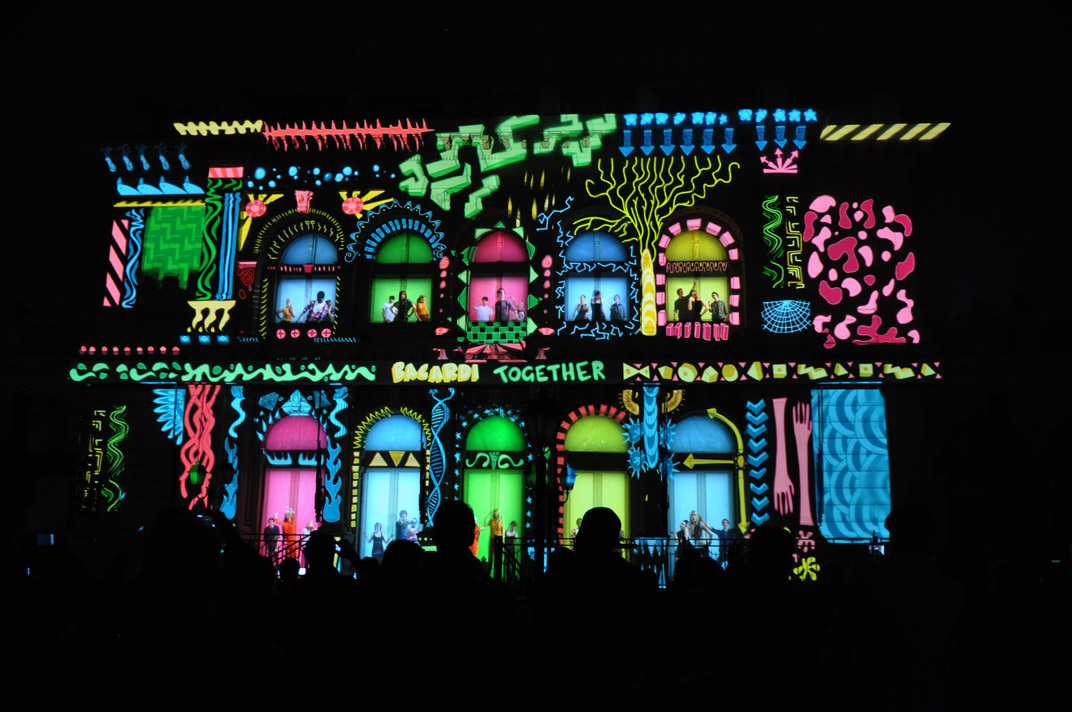 In event management, it’s all about creating an experience that will transport attendees to another realm. This has traditionally been achieved through a combination of things like décor, music, and lighting. Today, thanks to advances in technology, the power of software, video, audio, projectors, and lighting can really take the whole experience to another level. In the past, projection mapping was limited to boring squares and rectangular projection screens. Thanks to this innovation, an entire room or wall, or even a boring building façade, can be transformed into a dramatic and exciting 3D delight through projection mapping. Creative directors and event designers are making the most of projection mapping because it allows for curved video walls and 3D video structures. Any physical surface can become a canvas for video, making it possible to create a stimulating show for all the senses. The best projection mapping is achieved using digital cinema projectors, much like those in high-end movie theatres. They can be mounted on rooftops, building facades, ceilings – anywhere, really. Another key to projection mapping is to make the most of the architecture that it is projected onto. Event designers are able to create narratives with the synchronization of audio and video that look and feel as though they are actually happening right then and there – a total immersive experience that suspends the viewer's’ disbelief more easily than through the use projection on a flat monitor or static screen. The burgeoning art of projection mapping is changing the landscape of the event design and planning industry. Just a few years ago it was a fledgling art form and today it is much more commonplace in all sorts of events from concerts and fashion shows to weddings/wedding cakes and corporate events – and even some bar and bat mitzvahs.
0 Comments
Leave a Reply. |
Behind-the-Scenes with an Event OrganizerAuthorTrack 7 Events Archives
September 2016
Categories |
What We Do |
Track Seven Events LLC.
6180 Atlantic Blvd. Suite A Norcross, GA 30071 |
Copyright © 2024 |National Headquarters 6180 Atlantic Blvd. Suite A Norcross, GA 30071 | 1-888-661-2528 | Email Track Seven Events





 RSS Feed
RSS Feed
